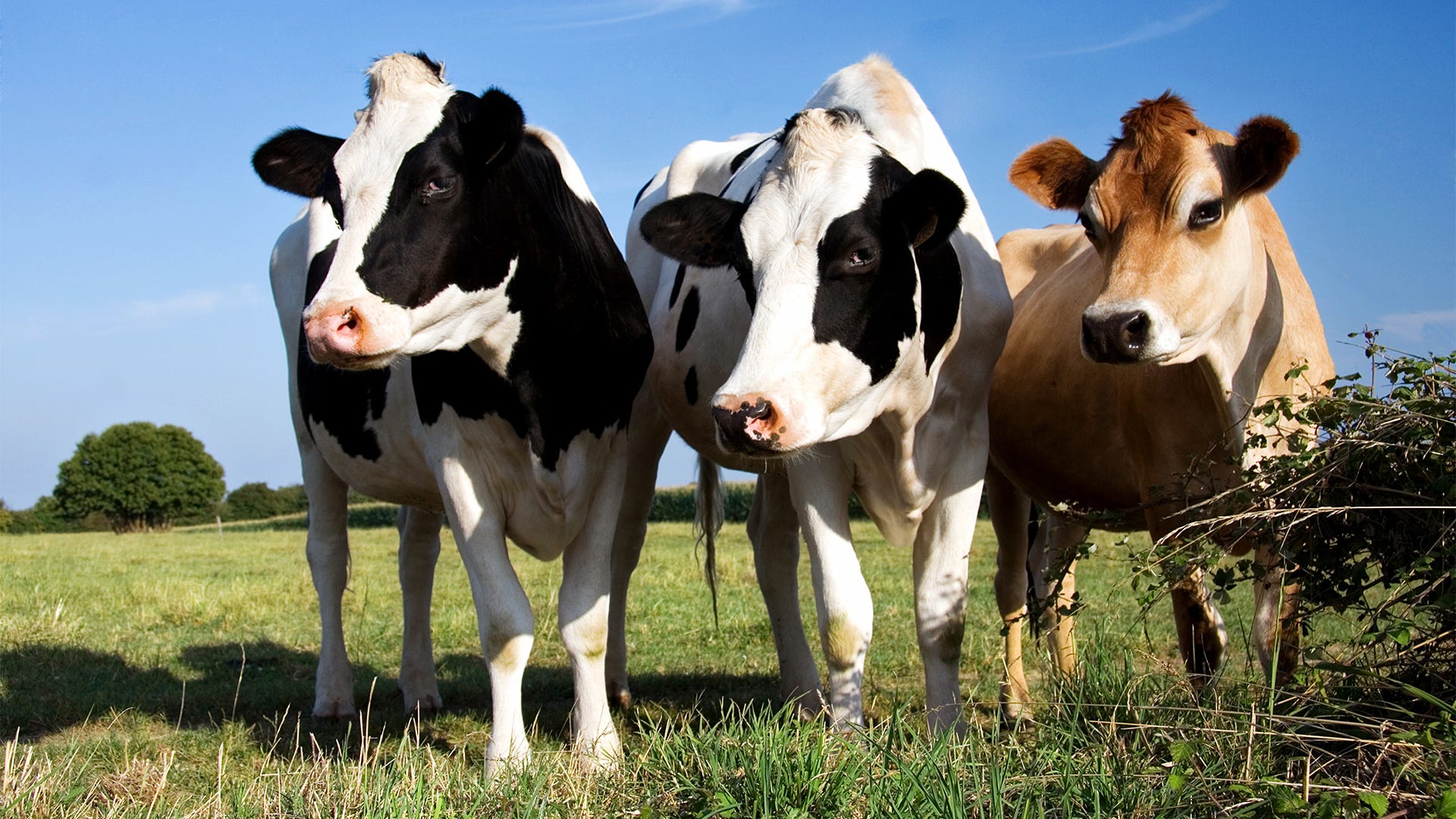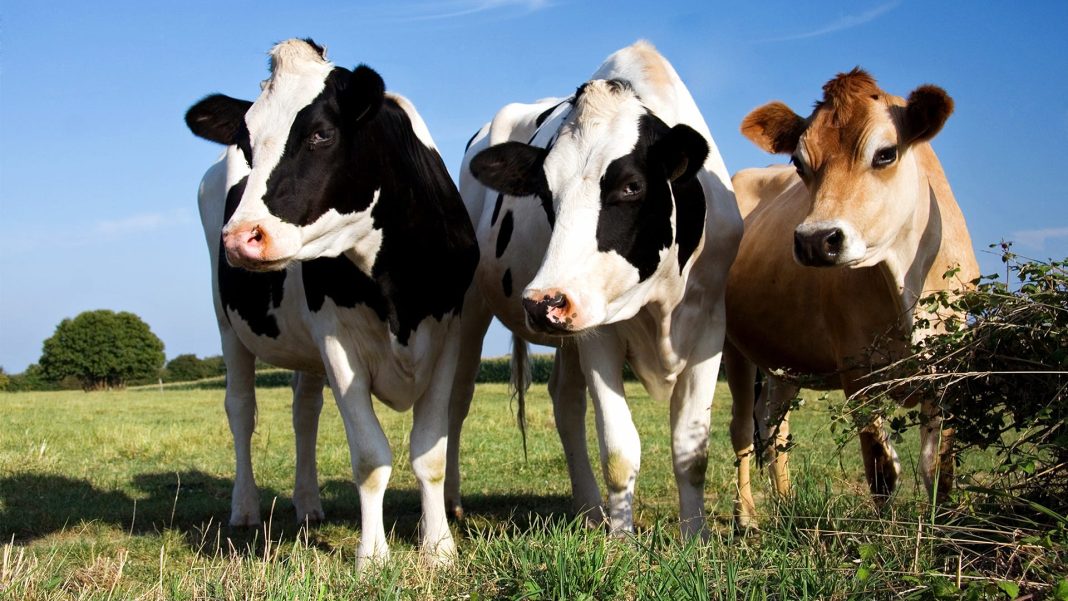 Bird Flu Case in Texas Dairy Worker Highlights Infection Risks
Bird Flu Case in Texas Dairy Worker Highlights Infection Risks
Introduction:
A disturbing image of a dairy worker in Texas diagnosed with bird flu has been released, showing painful bleeding in both eyes and fluid oozing from one of them. The patient had come into contact with sick cattle exhibiting similar symptoms to cows in northern Texas diagnosed with the H5N1 virus. The medical report, published in the New England Journal of Medicine, highlights the rapid spread of the bird flu strain Type A H5N1 among livestock.
The Infection and Symptoms:
The farm worker reported eye discomfort and redness after handling the animals but did not wear a face mask or eye protection. Doctors from the Centers for Disease Control and Prevention (CDC) quickly diagnosed him with bird flu, with the virus appearing to only infect his eyes and not spread to his lungs. The patient did not experience changes in vision, fever, or any other symptoms, and the pinkeye cleared up within days.
Risk to Public Health:
Although this is the second reported case of bird flu in the US, health officials maintain that the risk to the general public remains low. Authorities emphasize that individuals with close or prolonged exposure to infected birds or animals are at greater risk. The CDC advises those who have been in contact with infected animals to isolate themselves and seek medical treatment. Additionally, they assure the public that the nation’s meat and dairy supply is not at risk.
Severity and Mutation Concerns:
While this case was mild, with no severe symptoms or complications, experts warn that bird flu can cause life-threatening pneumonia in some individuals. Since 2003, around 52% of humans infected with H5N1 have died, according to the World Health Organization. The real threat lies in potential mutations of the virus, which could increase its severity and impact on human health.
Previous Cases and Animal Infections:
The first human infection with bird flu was reported in 2022 when a prison inmate contracted the disease while handling infected birds at a poultry farm in Colorado. This recent case in Texas marks the first time the avian flu has been found in cattle. However, the American Veterinary Medical Association notes that the virus has thrived in various mammal species in recent years.
Conclusion:
The bird flu case in the Texas dairy worker highlights the importance of taking precautions when dealing with infected animals. While the risk to the general public remains low, individuals with close contact to birds or animals should be vigilant. The rapid spread of the H5N1 strain among livestock raises concerns about potential mutations and their impact on human health. Continued monitoring and adherence to safety measures are crucial to mitigating the risks associated with bird flu infections.


